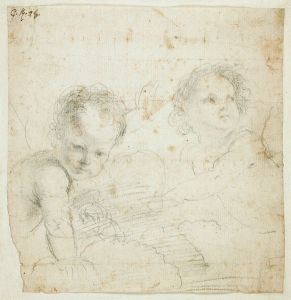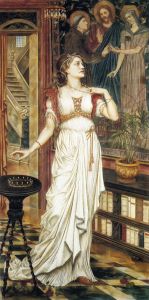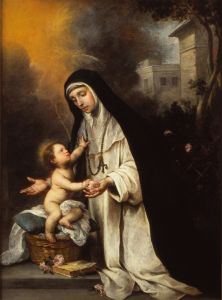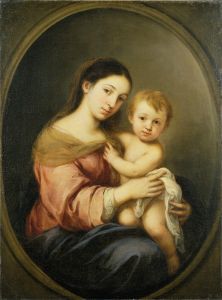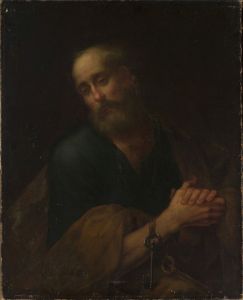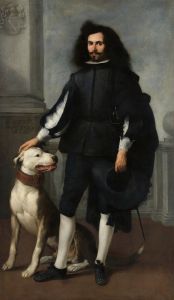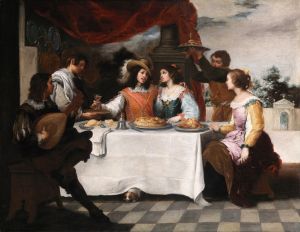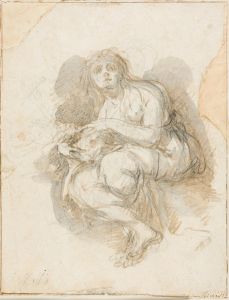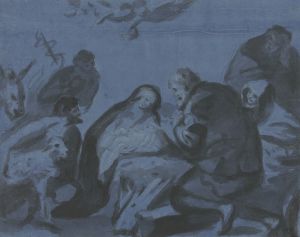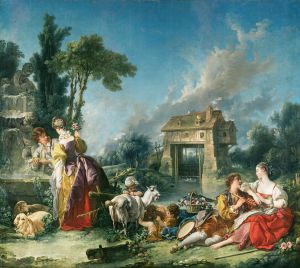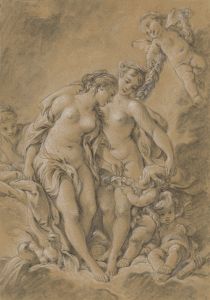
Virgin And Child In Glory
A hand-painted replica of Bartolomé Estebán Murillo’s masterpiece Virgin And Child In Glory, meticulously crafted by professional artists to capture the true essence of the original. Each piece is created with museum-quality canvas and rare mineral pigments, carefully painted by experienced artists with delicate brushstrokes and rich, layered colors to perfectly recreate the texture of the original artwork. Unlike machine-printed reproductions, this hand-painted version brings the painting to life, infused with the artist’s emotions and skill in every stroke. Whether for personal collection or home decoration, it instantly elevates the artistic atmosphere of any space.
"Virgin and Child in Glory" is a painting by the renowned Spanish Baroque artist Bartolomé Estebán Murillo. Murillo, born in 1617 in Seville, is celebrated for his religious works, genre scenes, and portraits. His style is characterized by its soft, warm colors, and his ability to convey tender and intimate moments, particularly in his depictions of the Virgin Mary and the Christ Child.
The painting "Virgin and Child in Glory" exemplifies Murillo's skill in portraying religious subjects with a sense of divine grace and human warmth. In this work, the Virgin Mary is depicted holding the Christ Child, both figures enveloped in a celestial glow that signifies their holy nature. The Virgin is often shown with a serene and loving expression, embodying the ideal of maternal affection and divine purity. The Christ Child, typically depicted as a cherubic infant, reaches out or looks towards the viewer, symbolizing his future role as the savior of humanity.
Murillo's use of light and color in "Virgin and Child in Glory" is particularly notable. The soft, diffused light that surrounds the figures creates a sense of ethereal beauty and emphasizes their sanctity. The warm, golden tones often used in the painting enhance the feeling of divine presence and heavenly glory. Murillo's technique of blending colors and creating smooth transitions between light and shadow adds to the overall harmony and tranquility of the composition.
The painting reflects the Counter-Reformation ideals that were prevalent during Murillo's time. The Catholic Church, in response to the Protestant Reformation, emphasized the importance of religious art in inspiring faith and devotion among the faithful. Murillo's works, including "Virgin and Child in Glory," were intended to evoke emotional responses and reinforce Catholic doctrines. His ability to depict religious subjects with such tenderness and humanity made his paintings particularly effective in conveying these messages.
Murillo's influence extended beyond his lifetime, and his works were highly regarded by later generations of artists and collectors. "Virgin and Child in Glory" is an example of his enduring legacy and his contribution to the Baroque art movement. The painting is housed in various collections, and its exact location can vary as it may be part of traveling exhibitions or held in private collections.
In summary, "Virgin and Child in Glory" by Bartolomé Estebán Murillo is a masterful representation of religious art from the Baroque period. It showcases Murillo's exceptional ability to combine divine themes with human emotion, creating a work that continues to inspire and captivate viewers with its beauty and spiritual depth.





